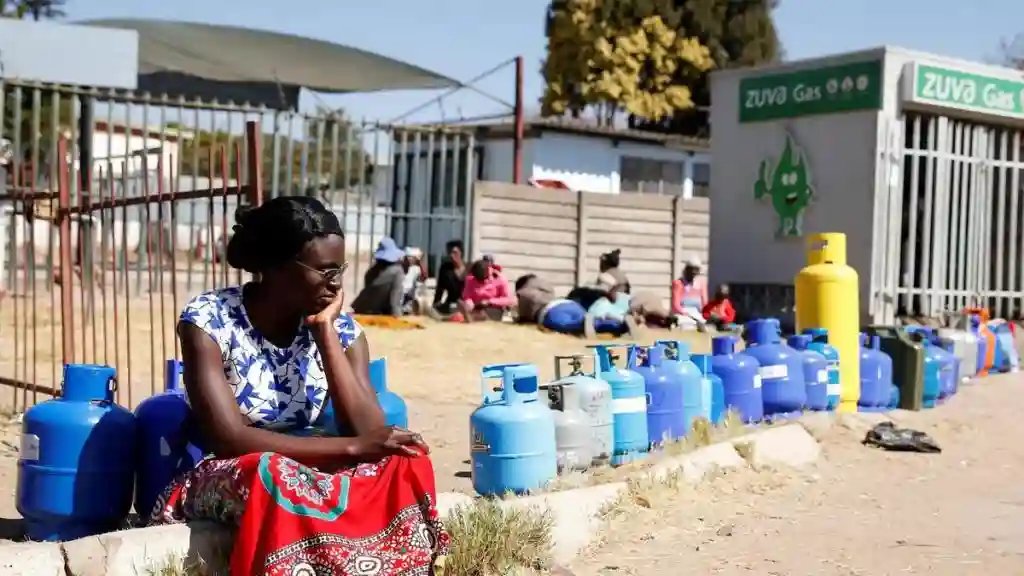Residents of Bulawayo’s Ward 2 are struggling with severe electricity cuts that have disrupted their daily routines and forced significant adjustments, according to a recent survey conducted by local councillor Rendani Moyo.
In an interview with CITE, Councillor Moyo revealed that areas such as North Trenance, Richmond, Aisleby, Good Hope Farms, and Northlynne have been the hardest hit in the ward. He said:
Moderately affected areas include Queens Park West, Tegela and North End, while others have reported either minimal disruption or declined to respond.
Moyo said he was motivated to conduct the survey following the persistent outages, which have left residents in a “state of despair.” Said the councillor:
Residents are calling for accountability and meaningful solutions from authorities. For now, they have continued to navigate sleepless nights and troublesome days with no lights, no TV and no fridge in this heat.
The worst-affected residents have had to adjust their sleep patterns, staying up late to cook, iron clothes and charge devices. This has left many lethargic during the day due to lack of adequate sleep.
It is an unfortunate situation that could lead to a serious degradation of our environment as people resort to chopping down trees for firewood.
Moyo said there was a need for the Zimbabwe Electricity Supply Authority (ZESA) to provide a clear and fair load-shedding schedule. He said:
What we need is an interactive platform where ZESA can have an honest conversation with residents about the state of power generation.
A transparent and balanced load-shedding schedule would go a long way in easing tensions.
To cope with the power outages, many residents have resorted to alternative energy sources. Some are using firewood for cooking, rechargeable torches for lighting, and solar power where possible.
However, these solutions are not sustainable for everyone, as not all residents can afford the upfront costs of solar panels or gas.
Jason Huntley, a resident of the affected areas, told CITE that poor planning and corruption were to blame for the ongoing electricity crisis. He said:
Our electricity crisis is 99 per cent man-made. Even if Kariba Dam was overflowing, we cannot rely on outdated equipment from 1959 designed for a population of 3.6 million to serve today’s 16 million.
There has been zero development in the energy sector, and those awarded tenders for minor solutions squander the funds.
There is not a single functional, pro-people, and pro-development ministry. All they care about are lavish perks while the rest of us suffer. Something has got to give. We are tired.
Zimbabwe depends on the Kariba South Hydro Power Station and Hwange Thermal Power Station to meet its electricity demands.
However, Kariba is currently generating just a tenth of its installed capacity due to low water levels in the Kariba Dam, while frequent breakdowns at Hwange have significantly disrupted power generation.
On Friday, November 22, the Zimbabwe Power Company (ZPC), a subsidiary of ZESA responsible for power generation, reported that Hwange was producing 1,084 MW, Kariba 124.5 MW, and Independent Power Producers (IPPs) 50 MW, bringing the total generation to 1,258.5 MW.
More: Pindula News

